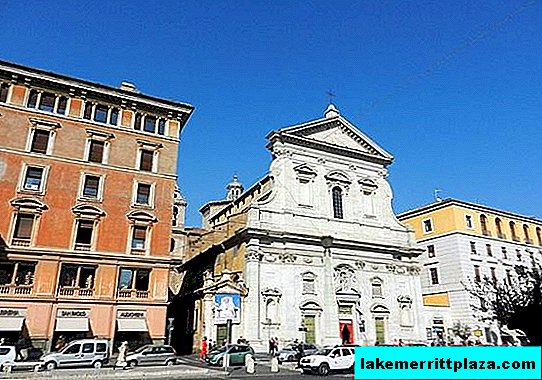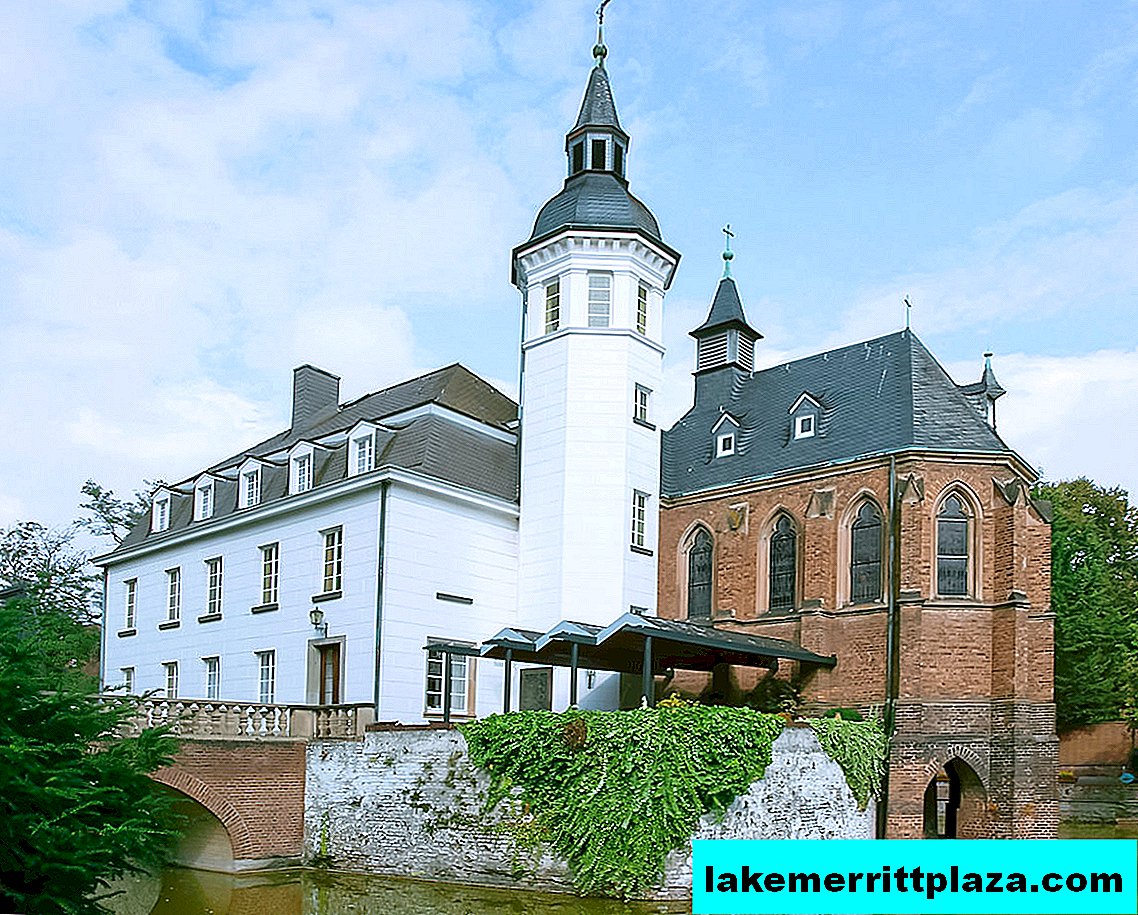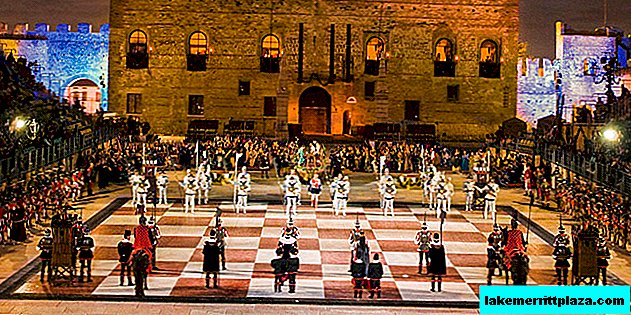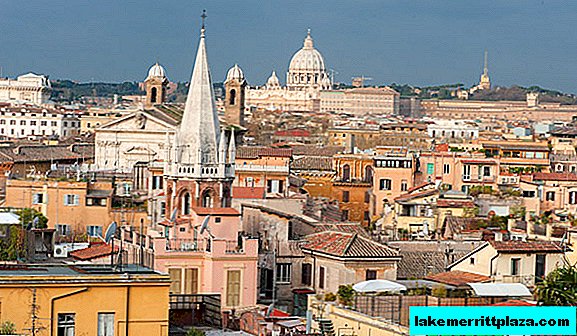The church of Santa Maria in Transportina was built on the site of the pyramid, which in the Middle Ages was considered the mausoleum of the founder of Rome, Romulus. The pyramid was demolished at the insistence of Pope Alexander VI, and in its place, at the end of the 15th century, the first gunners church was erected.
The temple did not last long. Literally a few decades later it was dismantled so as not to block the shelling from the side of the castle of the Holy Angel. However, already in the second half of the XVI century it was erected again, slightly lowering the dome.
The interior of the church dates to a greater extent from the 17th century. The main altar is the work of Bernini's student Carlo Fontana. One of his treasures is the Byzantine icon of the Virgin of the 13th century.

The church was built on a site that was considered the mausoleum of Romulus
Also of interest is the chapel of St. Barbara, considered the patron saint of artillerymen. It is not surprising that guns, cores, and other characteristic attributes adorn it. And in the third chapel to the left of the entrance, two columns were preserved, to which, according to legend, the Apostles Peter and Paul were tied before execution.
Address: Via della Conciliazione, 14 / C, Rome
Photo by Geobia








